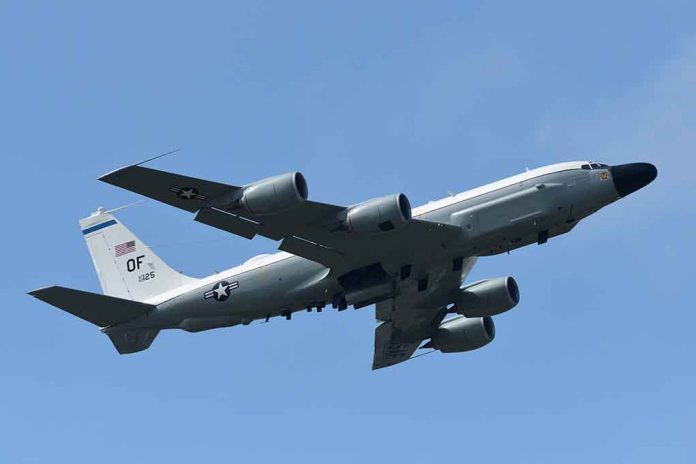
U.S. Air Force leads multinational mass casualty exercise in Papua New Guinea, enhancing Pacific region emergency response capabilities.
At a Glance
- Over 100 search and rescue personnel from U.S., Australia, France, and Papua New Guinea participated
- Exercise part of Pacific Angel 24-1, aimed at improving cooperation among Pacific militaries
- Training covered mass casualty triage, evacuation, infectious disease control, and airfield operations
- First-time collaboration between Papua New Guinea search and rescue troops and U.S. aircraft
Multinational Effort to Enhance Emergency Response
In a significant display of international cooperation, the U.S. Air Force recently spearheaded a comprehensive mass casualty exercise in Papua New Guinea. The drill, conducted as part of Pacific Angel 24-1, brought together over 100 search and rescue personnel from the United States, Australia, France, and Papua New Guinea. This joint effort underscores the growing importance of collaborative emergency response capabilities in the Pacific region.
The exercise, which took place in late August, involved a diverse array of aircraft, including two U.S. Air Force HC-130J Combat King IIs, a Royal Australian Air Force C-27J Sentry, a French navy Dassault Falcon 20G, and a Papua New Guinea Defence Force PAC-750. This multinational fleet demonstrated the commitment of allied nations to strengthen their collective response to potential crises in the Pacific.
Comprehensive Training for Real-World Scenarios
The three-day exercise was meticulously designed to simulate real-world emergency situations. Participants engaged in expert exchanges on mass casualty procedures, evacuation operations, and search and rescue skills. The training regimen covered critical areas such as mass casualty triage, evacuation techniques, infectious disease control, and airfield operations.
“Like that old saying goes, you don’t want to be exchanging business cards when disaster strikes,” said Col. Todd Larson, Pacific Air Forces director of strategy and plans. “So these connections are great and should stand the test of time.”
The exercise culminated in a full-scale mass casualty simulation on the final day, featuring both live and simulated patients. This realistic scenario tested the participants’ ability to apply their newly acquired skills under pressure, mimicking the chaos and urgency of an actual disaster response.
Strengthening Regional Partnerships
A notable achievement of this exercise was the first-time collaboration between Papua New Guinea search and rescue troops and U.S. aircraft. This milestone highlights the exercise’s role in fostering new partnerships and enhancing interoperability among Pacific nations.
“We threw a lot at the [Papua New Guinea] personnel,” said U.S. Air Force Capt. Samantha Rose, 18th Aeromedical Evacuation Squadron flight nurse.
The exercise not only improved emergency response capabilities but also demonstrated the U.S. Department of Defense’s commitment to supporting humanitarian assistance and disaster relief efforts in the region. By bringing together diverse military forces, the drill reinforced the importance of coordinated action in times of crisis.
Implications for Pacific Security
This mass casualty exercise is part of a broader strategy to prepare for potential conflicts and improve casualty evacuation capabilities in the Pacific. As geopolitical tensions in the region persist, such exercises play a crucial role in ensuring that allied forces can respond effectively to various emergency scenarios, from natural disasters to potential military conflicts.
The success of this exercise in Papua New Guinea builds upon previous multinational drills, such as those conducted at Andersen Air Force Base in Guam and Marine Corps Air Station Iwakuni in Japan. These ongoing efforts reflect a commitment to maintaining a free and open Indo-Pacific region, capable of responding to any humanitarian or security challenge that may arise.







